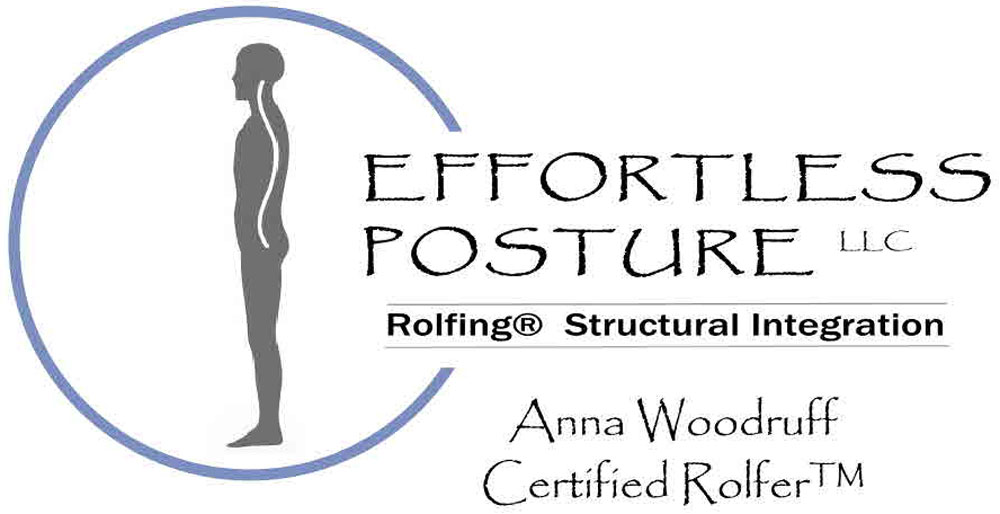Pre-Movement has to do with our muscles. Before we take a step, there is a muscle that is preparing for the movement. The pre-movement muscles should be the muscles that are closer to bones, as they are stabilizers.
Pre-movement is a task sorted out by the cerebellum in the brain in response to input from other parts of the brain. It is then controlled and monitored in the muscles through feedback receptors. For example, while standing, with the intention to raise one arm up toward the sky, the soleus muscle will tighten because it is preparing to keep us upright.

When I am performing my assessments of a client before a Rolfing Structural Integration session, I am looking for their pre-movement before they start walking. Do they lean to one side/leg and then start walking? Do they initiate the movement by moving their torso forward? Do they lead with their pelvis or use a hip to move the leg?
I am not saying that all ways of pre-movement are damaging to the body. In some scenarios, the pre-movement muscles may need to be differentiated from other muscles in order to work independently. As a Rolfing Practitioner, I will retrain your body maps that are connected to the brain. That way your pre-movement before walking will be more efficient.
Next time you start walking, try to take notice what part of your body engages first. Does that part of your body have pain? Or maybe it’s really strong and rigid and maybe it could use space and fluidity. Try it out!
